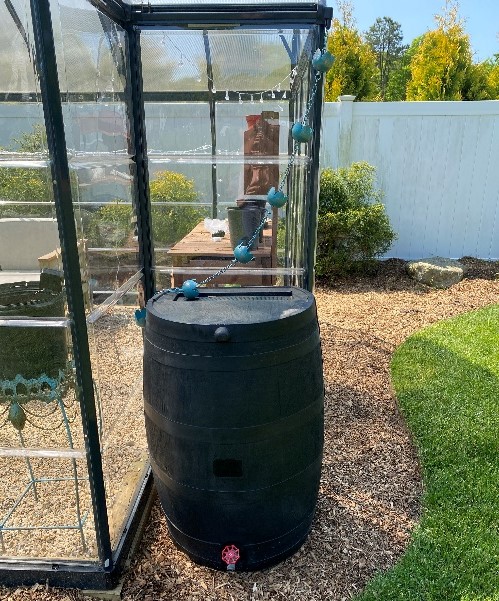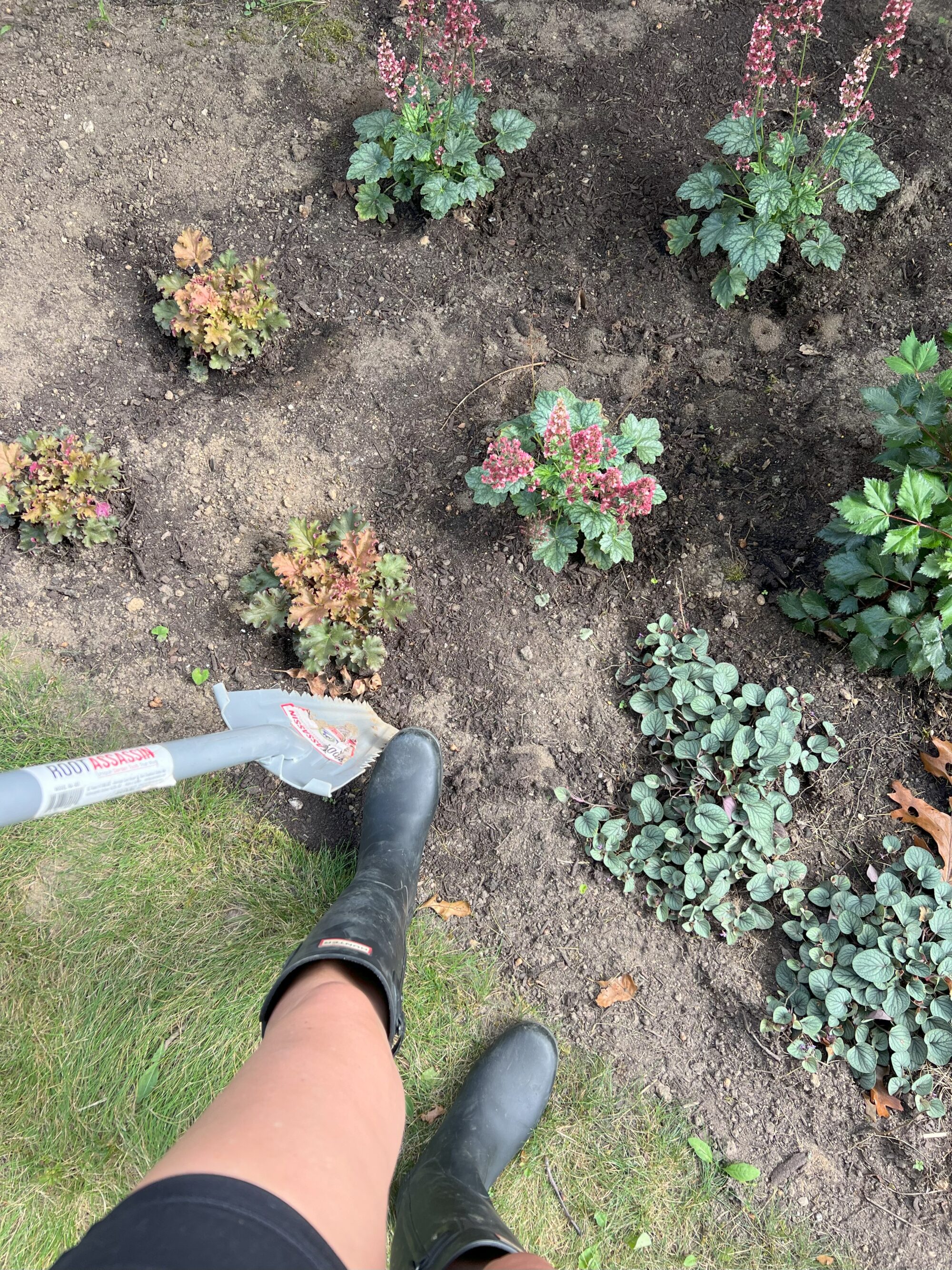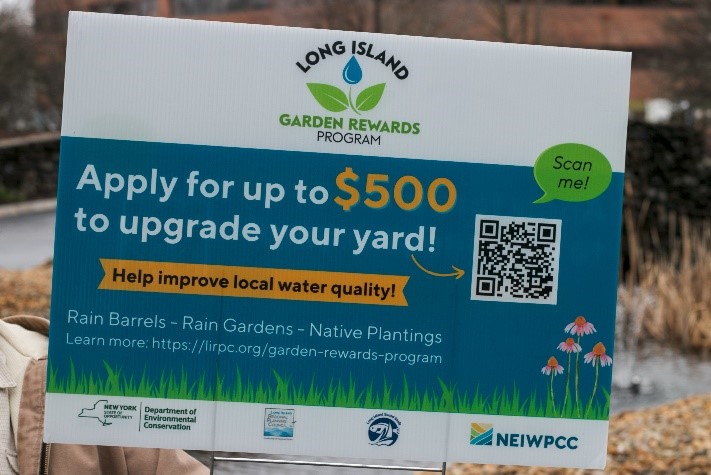Following a successful pilot in 2023, the ‘Garden Rewards’ program will soon accept applications for year two. Through the program, Long Island homeowners looking to help curb stormwater runoff are eligible for grants to help cover the cost of mitigation projects.
The program is a partnership between the Long Island Regional Planning Council (LIRPC), the New York State Department of Environmental Conservation (NYSDEC), NEIWPCC, and the Long Island Sound Study. Homeowners can receive up to $500 in reimbursements to offset the expense of installing green infrastructure on their properties including rain barrels, native plantings, and rain gardens. These green infrastructure projects help to reduce the amount of stormwater flowing across homeowner yards, which conserves water and decreases the amount of nitrogen in stormwater runoff. Stormwater runoff is one of the leading causes of nitrogen pollution in waterways, leading to harmful algal blooms and low levels of dissolved oxygen in the Sound.

In its first year, the program distributed 235 reimbursements to Long Island residents, including 96 in the Long Island Sound watershed. Grants for residents in the watershed totaled $26,836, roughly 90 percent of available funds. Reimbursements were provided for 22 rain barrels, three rain gardens, and 82 native plants.
Kassidy Robinson, a Lindenhurst resident, introduced over 40 native plantings to her property last summer, providing a habitat for native birds, insects, and other wildlife all while improving the resiliency of the land to flooding and minimizing nutrient runoff.
“Observing the many pollinators in my new native plant garden has been one of the highlights of my summer,” said Robinson. “This project would not have been possible without the Garden Rewards Program. Having these incentives for homeowners to make a positive impact on their local communities and environments is a great step.”
Rainwater harvesting systems, like rain barrels, gather and save rainwater to be utilized later for watering homeowner lawns and gardens. Native plants, which are better suited to local climate conditions due to their adaptation to the environment, not only require less water, fertilizer, and pesticides, but also foster biodiversity in the local ecosystem. Rain gardens facilitate the absorption of rainfall into the soil, filtering it before it reaches water bodies, thus mitigating pavement-related flooding and enhancing yards with low-maintenance landscaping.

The low maintenance and high resilience of native plants was a motivating factor for Rachel Bosworth, a Southold resident who participated in Garden Rewards last year. She planted the common blue violet (Viola sororia), wild ginger (Asarum canadense), and American alumroot, or “coral bells” (Heuchera americana var. americana). Bosworth found out about the program through the Group for the East End, a conservation, education, and advocacy group based on the northeastern tip of Long Island. The Group for the East End taught Bosworth about the invasive species in her yard and helped to convince her to remove them and swap in natives.
“I think it’s a great program to incentivize people to make a change,” she said. “This has always been something I wanted to do, but learning about Garden Rewards gave me the push I needed to get started and now I’m kind of addicted to the idea of buying more and more native plants.”

Interested participants from year one can request yard signs to help spread the word about ‘Garden Rewards’ and encourage community members and neighbors to participate in the program. After receiving feedback last fall, improvements were also made to streamline the submission process.
“I am excited for the launch of year two,” said Sarah Healy, NEIWPCC’s Long Island Nitrogen Action Plan lead. “It has been great to see many people take the initiative to improve water quality across Long Island.”
Applications for the current cycle of reimbursements will offer grants on a first come first serve basis. You can find the submission form here.
This article was originally published by the Long Island Sound Study.